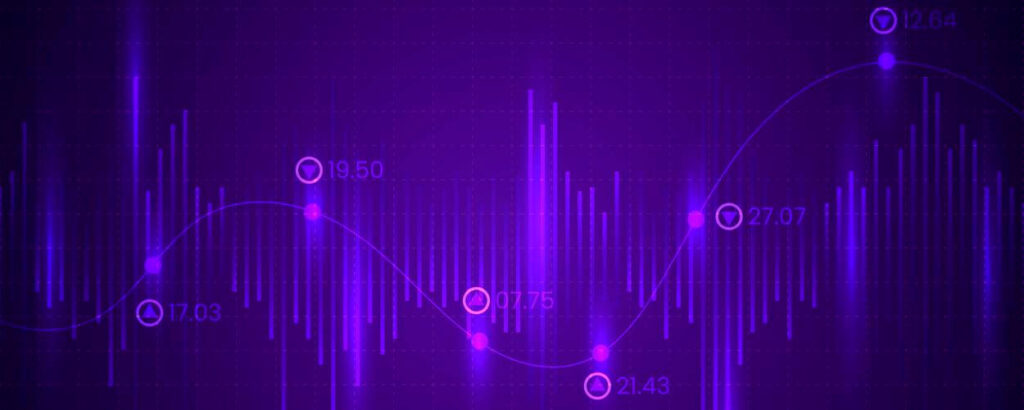Table of Contents
ToggleNavigating FX Automated Trading Successfully
Meta Description
Explore how to navigate FX automated trading successfully, with insights, strategies, and practical tips for maximizing your trading efficiency and profitability.
Introduction
The foreign exchange (FX) market has long been considered one of the most liquid and fast-paced financial markets globally. With over $6 trillion traded daily, it presents vast opportunities for traders to capitalize on currency fluctuations. In recent years, the rise of technology has transformed the landscape of trading, introducing automated trading systems that have revolutionized trading strategies. Understanding how to navigate these systems successfully is vital for any trader looking to excel in the FX market. This article explores the intricacies of FX automated trading, offering insights into methodologies, tips, and strategies that can enhance profitability and mitigate risks.
The Rise of FX Automated Trading
What is FX Automated Trading?
FX automated trading, also known as algorithmic trading or algo-trading, involves using computer programs to execute trades based on predefined criteria. These systems analyze vast amounts of data and execute trades at speeds far beyond human capability.
Key Features of FX Automated Trading:
- Speed: Automated systems can process data and execute trades in milliseconds.
- Emotion-Free Trading: Algorithms operate based on data and logic, eliminating emotional biases that can cloud judgment.
- Backtesting: Traders can test their strategies against historical data to assess viability before live trading.
Historical Context
The rise of FX automated trading can be traced back to the early 2000s, with significant technological advancements enabling more sophisticated trading platforms. As brokerage firms started to offer more accessible and customizable features, individual traders began flocking to algorithmic solutions, aiming to gain a competitive edge.
The Current Landscape
Today, a variety of automated trading solutions are available, from retail platforms offering plug-and-play systems to complex proprietary algorithms created by professional firms. The diversity in offerings caters to both novices and seasoned traders looking for automated trading solutions.
How to Navigate FX Automated Trading Successfully
Selecting the Right Automated Trading System
1. Assess Your Trading Style
Understanding your trading style is paramount in choosing the right automated trading system. Are you a scalper, day trader, or swing trader? Your strategy should dictate the features you look for in a trading system.
2. Consider System Features
When evaluating options, consider the following features:
- Backtesting capabilities: Ensure the system allows for thorough backtests against historical data.
- Risk management tools: Look for features that help manage risk, such as stop-loss and take-profit orders.
- Algorithm customization: Determine whether you can customize the strategy or if the algorithms are fixed.
3. Review Performance Metrics
Analyzing past performance metrics is crucial. Look for systems boasting:
- High win-to-loss ratios
- Low drawdown levels
- Consistent profitability over diverse market conditions
Understanding Risk Management in Automated Trading
The Importance of Risk Management
Effective risk management is a critical aspect of successful FX automated trading. Without a solid risk management plan, even the most sophisticated algorithms can result in significant losses.
Strategies for Effective Risk Management
- Position Sizing: Determine the right amount of capital to risk on each trade, balancing potential gain against the risk of loss.
- Setting Stop-Loss Orders: Implement automated stop-loss orders to minimize losses on underperforming trades.
- Diversifying Strategies: Use multiple algorithms or strategies to mitigate risks associated with any single approach.
Developing and Testing Your Own Algorithms
1. Algorithm Development Basics
When developing your algorithm:
- Start with a clear strategy, focusing on market indicators that impact FX prices.
- Leverage platforms that allow you to code your algorithms, such as MetaTrader or TradingView.
2. Backtesting Your Algorithm
- Use historical data to simulate how your algorithm would have performed in different market conditions.
- Analyze the outcomes to fine-tune your strategy before deploying it with real capital.
Practical Tips for Successful Automated Trading
1. Start with a Demo Account
Utilizing demo accounts allows traders to test their automated systems in a risk-free environment, gaining insights and confidence without financial exposure.
2. Monitor Performance Regularly
Continuous monitoring is essential. While automated trading systems can operate independently, regular oversight ensures that strategies remain aligned with market conditions and trading goals.
3. Stay Updated on Market Trends
The FX market is affected by geopolitical events, economic indicators, and other factors. A successful trader stays informed through reliable sources, such as financial news outlets and market analysis platforms.
The Psychological Aspect of Automated Trading
Managing Expectations
Understanding that no trading system is foolproof is essential. Traders must manage their expectations regarding profitability and risk.
Overcoming Emotional Bias
Traders often encounter emotional challenges when relying on automated systems. It’s important to remain disciplined and trust in the tested strategies you’ve implemented.
The Future of FX Automated Trading
Trends Impacting Automated Trading
The growing sophistication of AI and machine learning technologies is set to redefine FX automated trading. Future systems may include:
- Enhanced predictive analytics
- Increased personalization based on individual trading behavior
- Integration with blockchain technologies for improved security and transparency
Conclusion: Embracing the Future of FX Automated Trading
Navigating FX automated trading successfully requires a deep understanding of both strategies and tools. By diligently choosing the right systems, implementing solid risk management, and continuously refining your approach, you can not only survive but thrive in the fast-paced FX market.
Best Resources for Traders
For traders eager to advance their knowledge and trading capabilities, consider exploring the vast array of resources available at FinanceWorld.io for trading signals and FinanceWorld.io for insights into automated strategies.
Engage with Us
Have you had experiences with FX automated trading? What strategies have you found most effective? Share your thoughts and experiences in the comments below!
Embrace the future of trading by leveraging the power of automation. Explore the best tools, strategies, and insights on FinanceWorld.io today.



